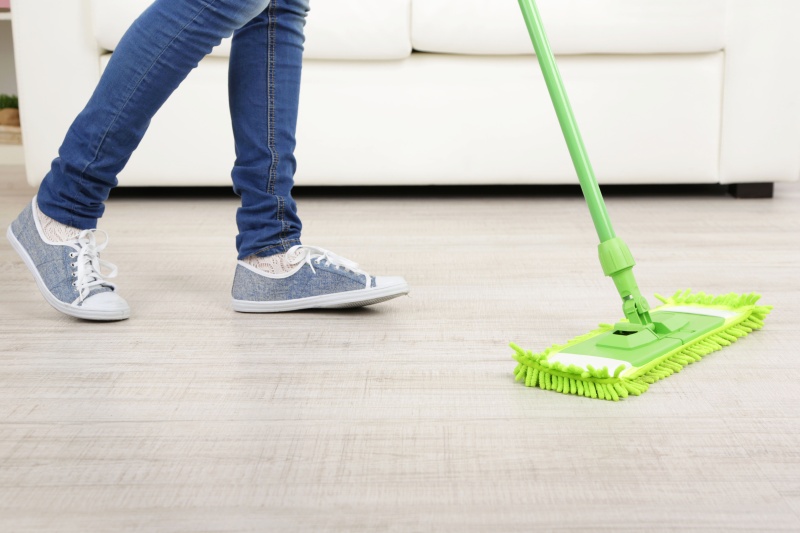 Remodels can be fun. Updating and redesigning gives your imagination room to run wild! Amidst all the fun, it is a good opportunity to go through a checklist on your home’s well-being, and make the necessary changes. There are still plenty of homes today that contain safety hazards and code violations. These are often overlooked due to a lack of knowledge. Thankfully, some of them are easy fixes. If your home hasn’t been given a checkup recently, here’s what you should look for:
Remodels can be fun. Updating and redesigning gives your imagination room to run wild! Amidst all the fun, it is a good opportunity to go through a checklist on your home’s well-being, and make the necessary changes. There are still plenty of homes today that contain safety hazards and code violations. These are often overlooked due to a lack of knowledge. Thankfully, some of them are easy fixes. If your home hasn’t been given a checkup recently, here’s what you should look for:
1) Not Enough Windows
This is especially common in basements. Any room that will be turned into a bedroom or is considered a “sleeping room” requires an egress window that’s a minimum of 20 inches wide and 24 inches high. What is an egress window? It’s a fancy title for a window that allows an exit. Why? It must be large enough for an adult to crawl through in case of emergency evacuation. If you have a den or a converted basement without a window, it should find a different use than as a bedroom. It’s not just about keeping up to code: It’s about keeping your family safe!
2) Improper Ventilation
Bathroom and kitchen vents exist to circulate and dry the air, in order to prevent moisture from accumulating or settling. Sometimes, vents are installed and the air is circulated into an attic. This can go unnoticed for a long time as the effects are not immediate. The problem is that overtime, moisture that is sent into the attic will make the air increasingly humid. This leads to mold and rot, and eventually can damage the structure and the roof. If your vent leads into your attic, have it rerouted outside.
3) Cleaning Products
This one is entirely in the hands of the homeowner, and is especially pertinent in households with children. It is also one of the easiest and quickest fixes. If you do have children or pets, keep the cleaning products locked away, or store them out of reach. Cleaning products are great for keeping your house sparkling, but are deadly when accidentally consumed! Additionally, make sure they are always labeled, the lids are on tight, and they are never mixed together. When using cleaning products, always use a vent to prevent inhaling fumes.
4) Steps and Stairs
Stairs are necessary and helpful, but have the potential to become a safety hazard if allowed to regress. If your stairs are carpeted, make sure the carpet never tears or loosens. If you have wooden stairs, you may want to install non-slip stair pads, or use an anti-skid sealer. If your stairs have a banister, check it periodically to prevent it from becoming loose.
5) Appliances
Everyone knows we are supposed to change the lint in the dryer, and yet clothes dryers are still responsible for thousands of house fires every year in the United States. In addition to changing the lint, the ventilation and gas lines should be properly installed. Check the exhaust hose regularly, as blockages can become a fire hazard. If you installed your own dryer and are not sure how to check these, have a professional check it for you. Refrigerators are another perpetrator of health and safety hazards. You should keep the temperature monitored. If it rises above 40 degrees Fahrenheit, it will invite food-borne pathogens that are dangerous to your family’s health. Certain bacteria can also survive in lower refrigeration temperatures. Because of this, your refrigerator should be regularly cleaned.
6) Air Quality
Air contamination is a frequent offender when it comes to home health hazards, and it is very hard to spot. Many things can cause the air to become polluted, including pets, insects, cleaning products, chemicals, excess moisture, illness, appliances, building materials, and lack of cleaning or dusting. These can go unnoticed, however, will contribute to poor air quality, and can cause your family to become sick, develop allergies, asthma, and more. There are a few practical steps you can take to improve your home’s air quality, though. Leave a window open during the day to circulate fresh air throughout the house. Clean regularly, and clean with as few toxic chemicals as possible. Prevent moisture buildup, which includes proper ventilation and airflow. You can also use a dehumidifier or air conditioner, and make sure your plumbing and roofing is current. Also consider natural air fresheners. For those who love a house that smells like flowers, vanilla or fruit, use a natural alternative to commercial air fresheners. Commercial air fresheners frequently contain chemicals and toxins that only contribute to the pollution in your home.
These are several of the commonly found health and safety hazards lurking around homes. Keeping your home up to date, giving it care and attention, and watching for these unwanted contaminates will do great things for your family’s health and safety. If you find that your home is in need of updating and repair, call a professional. For a list of contractors we trust to help your family, visit us at responsiblecontractors.com. If you need a specific recommendation, reach out to us! We are here to connect you with the professionals who will make your home its best.
No comments:
Post a Comment